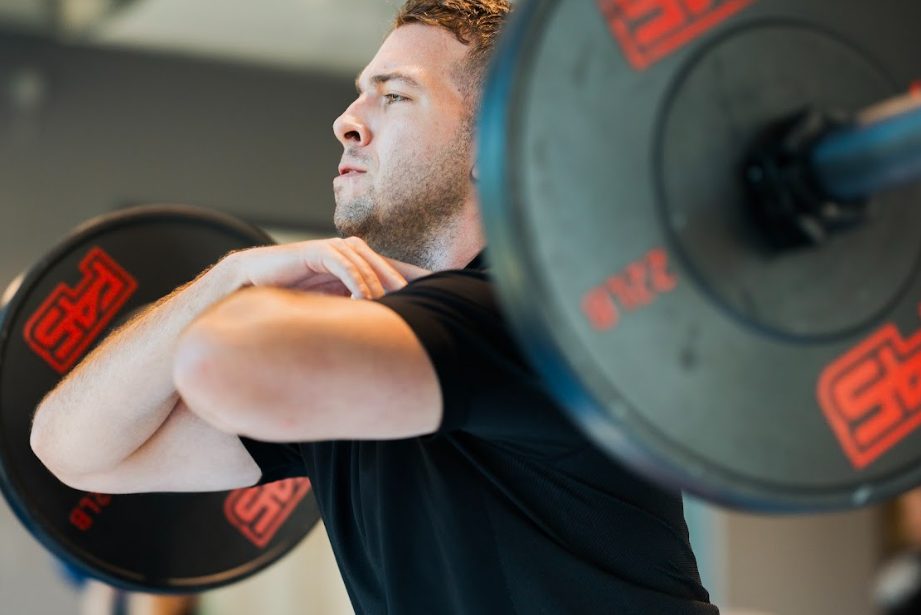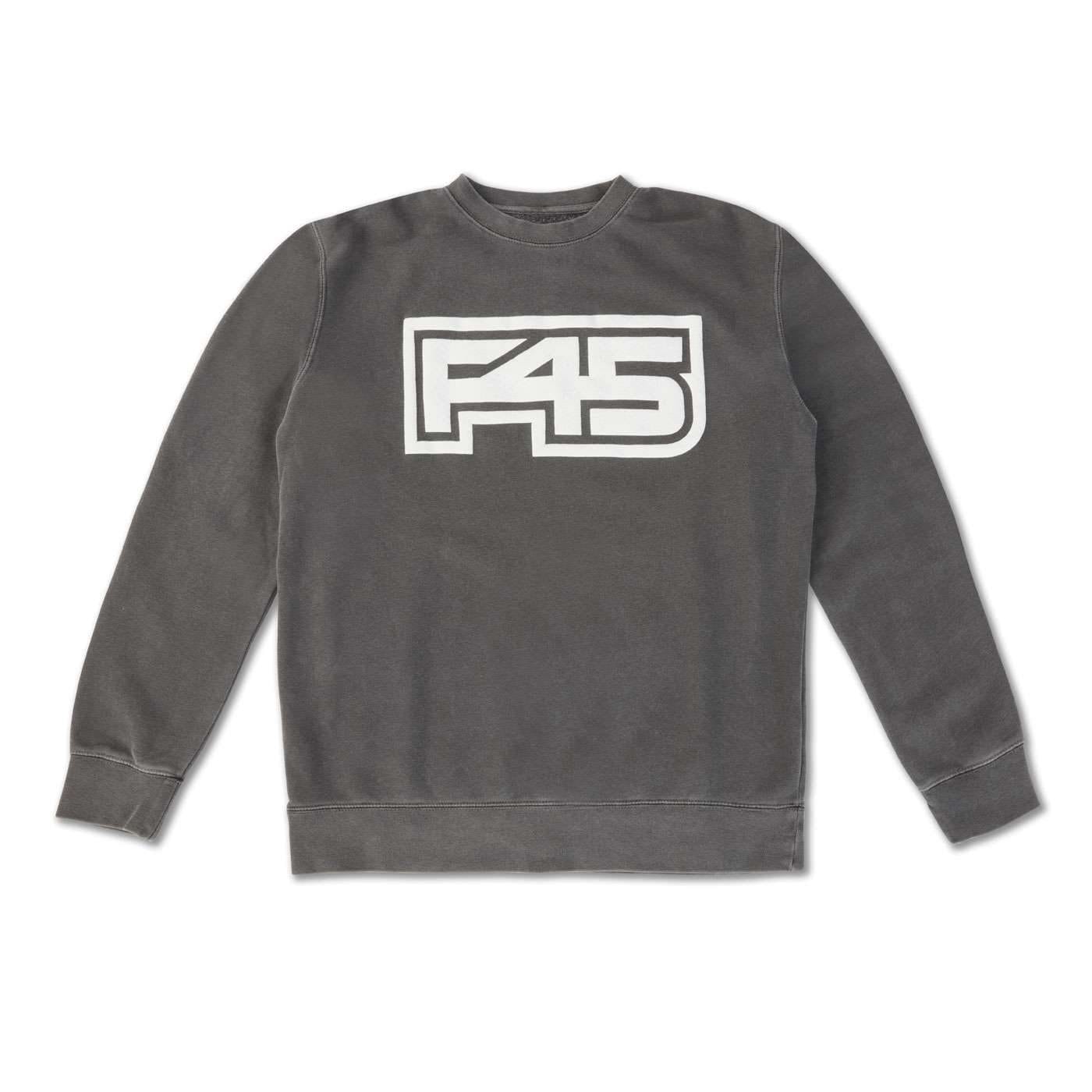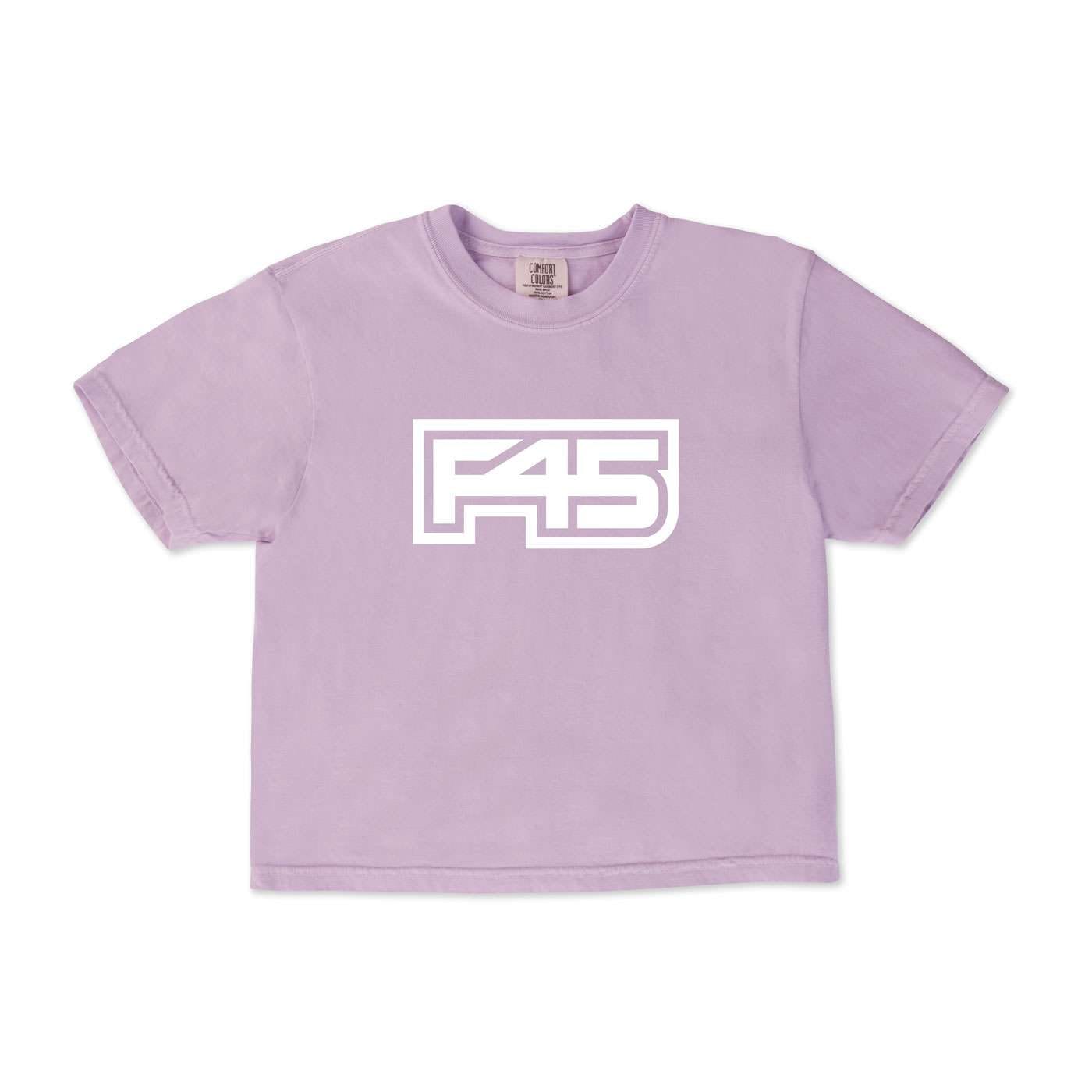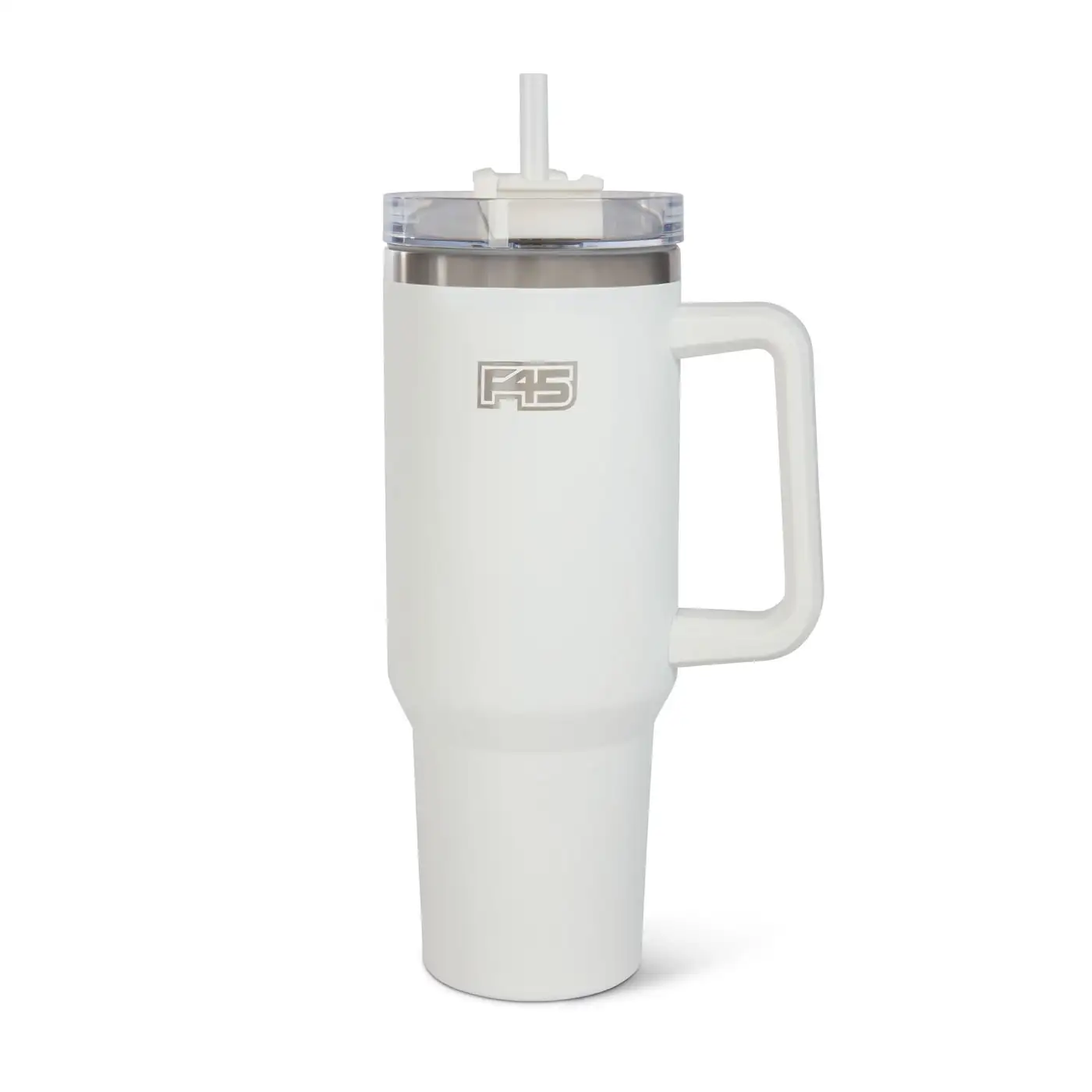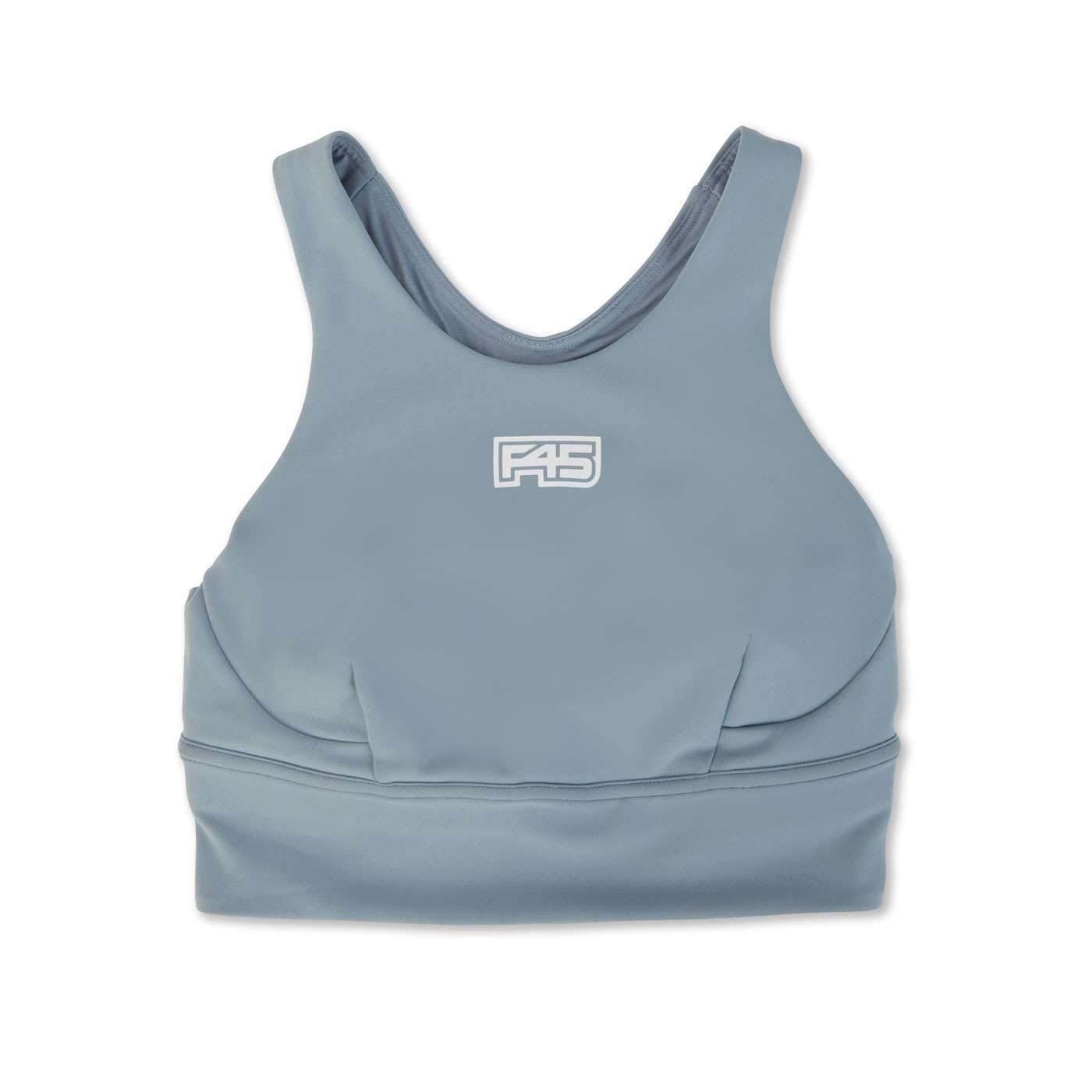Contrast therapy – a method that alternates hot and cold exposure – has become a popular tactic for people who want to enjoy faster recovery, boosted circulation, and the full spectrum of cold plunge benefits.
It’s a rejuvenating experience to get into cold water. For that reason, many people now start their days with cold plunges – whether they’ve exercised or not – to feel fresh, calm and focused heading into the day.
If you’re thinking of trying contrast therapy yourself to maximize the advantages of strength training, read on. Below, we’ll cover what contrast therapy is, how it works – and how the top contrast therapy benefits can elevate your exercise routine.

What is contrast therapy?
Contrast therapy usually involves immersing your body (or part of it) in a warm or hot environment (such as a sauna or steam room) for a short amount of time and then submerging part of your body in cold water for an even shorter amount of time. This can be repeated multiple times for even greater efficacy.
The hot environment should be between 35-45°C or 95-113°F. The cold water should be between 5-15°C or 41-59°F.
The periods of time in which you’re in either the cold water or hot environment can vary, but it’s common to spend no more than a minute submerged in the cold water. Partly because the experience can be uncomfortable – partly because being in cold water for too long can be dangerous.
How to do contrast therapy
There are various ways you can carry out contrast therapy. The central variation is the vessel or room that is creating the warm conditions or holding the cold water. Here’s a basic way to engage in contrast therapy at home, after your next cardio, strength or hybrid workout.
- Fill your bath with water and ice.
- Take a warm or hot shower for two minutes, then partially dry off.
- Get into the vessel of cold water you’ve created. Stay in there for one minute.
- Repeat this process three times.
Having worked with F45 members of all fitness levels, expert F45 trainer Jess Bell recommends to “use contrast therapy for recovery two to three times per week following a strenuous training session – or once a week for general recovery.”
If you want to optimize your recovery, select F45 studios offer cold plunge, infrared sauna and Hyperice (massage and compression equipment) services. This allows you to transition smoothly from workout to recovery, enhancing your wellness and saving you time. It’s also a fun experience cold plunging with others. Encouragement from your workout buddies helps you stay calm and collected while immersed in the water.
How does contrast therapy work?
It’s said that contrast therapy reduces inflammation by widening your blood vessels while you’re warm, and then constricting them when you’re cold. This temporarily speeds up blood circulation and reduces swelling, as your blood is being transported around the body fast enough that less fluid builds up in the body parts you’ve been working.
We’d like to emphasize that contrast therapy benefits are mostly for people looking to boost their muscle recovery and wellbeing. For any workout or general health problems that don’t relate to muscle soreness or recovery, please see a health professional.
What are the benefits of contrast therapy?
Contrast therapy is popular for a range of reasons – largely, because it’s able to benefit both your physical development and your mental health. Yes, the advantages of contrast therapy go well beyond muscle recovery – and can be used to maintain your performance, optimize the results of your F45 workout schedule, and even give your mood a lift.
Plunge into five of the top contrast therapy benefits below.
Reduces muscle soreness
Compared to simply resting after exercise, contrast therapy is better at reducing or preventing delayed onset muscle soreness (DOMS) after a workout¹.
This makes it a clever tactic if you have limited time for recovery exercises – particularly because one contrast therapy session only takes 10 minutes. In saying that, if you don’t have access to contrast therapy services, performing an active recovery session can be just as beneficial for your body.
Supports injury recovery
If you’ve ever been told to put ice on an injury to reduce swelling, contrast therapy is like an elevated version of that.
By increasing blood flow, contrast therapy enables more oxygen and nutrients to cycle around your body, helping to repair your injury². Contrast therapy’s benefits are also reasonably accessible, in that they don’t require much movement (other than getting in and out of the cold water).
Improves fatigue perception
Contrast therapy has been shown to improve how you perceive fatigue³. Simply put – it makes you feel less tired. Building a sustainable fitness routine is just as much physical as it is mental, and feeling less fatigued can help you get the most out of your next resistance or cardio workout. Of course, when you’re feeling the burn, the trainers and inspiring community at F45 will be there to drive you through those last few reps as well.
Boosts mood
Many people take part in contrast therapy simply because it makes them feel great. You may have heard about communities who jump into the ocean first thing in the morning – it’s an invigorating way to start the day. When your body is submerged in cold water, this triggers the release of chemicals that make you feel good and alleviate stress.4 That initial shock and minor discomfort at being in cold water is also an excellent way to build resilience and condition your body.
Burns fat
By lowering your body temperature, contrast therapy can also help you burn a few extra calories. This is because regular exposure to cold water causes your body to activate brown fat to create heat. This is an extra way to support your holistic weight loss management plan alongside a balanced diet and exercise.
What are the health benefits of a cold plunge?
You’ve probably heard about the top cold plunge benefits for recovery – but there’s more to enjoy than muscular support alone. Regular cold-water exposure can support your immunity, circulation, stress relief and mental resilience.
Decreased inflammation
Cold plunging may support your body’s natural recovery process by lowering inflammation after intense training5.
This reduces swelling and eases muscle tension – meaning your muscles won’t be as stiff and will more quickly return to optimal output again.
Boosted immune system
Frequent exposure to cold water – that is, at least three times a week – can also support a stronger immune system6.
A game-changing cold plunge benefit is how repeated cold exposure may help stimulate white blood cell activity – your body’s frontline defense. Over time, this may improve your resistance to common bugs and help your system bounce back faster from everyday stressors.
Stress relief
One of the most powerful health benefits of a cold plunge is its ability to help regulate your stress response7.
When you expose your body to cold water, it kicks off a controlled stress reaction – increasing alertness, boosting mood, and helping train your nervous system to handle pressure. This can facilitate improved focus and enable a calmer mindset – and can even be used as a sleep hack.
Mental resilience
In the same way consistent workouts build your resilience, so does regular exposure to cold water – challenging your body and mindset.
Each plunge trains your ability to stay calm under pressure, helping you build mental toughness that carries through into workouts, recovery, and everyday life. Over time, it can help boost discipline, sharpen focus, and strengthen your ability to take on whatever the day throws at you.
If you’ve got the equipment for it – or live near a cold body of water – contrast therapy can be a powerful way to tap into the health benefits of cold plunge and support your recovery. For more ways to optimize your fitness routine, get to grips with the importance of rest days.
1 https://www.cochranelibrary.com/cdsr/doi/10.1002/14651858.CD008262.pub2/full
2 https://pmc.ncbi.nlm.nih.gov/articles/PMC7425122/
3 https://journals.lww.com/nsca-jscr/fulltext/2017/05000/effects_of_cold_water_immersion_and_contrast_water.32.aspx
4 https://pmc.ncbi.nlm.nih.gov/articles/PMC9953392/
5 https://pmc.ncbi.nlm.nih.gov/articles/PMC9518606/
6 https://pubmed.ncbi.nlm.nih.gov/8925815/
7 https://pubmed.ncbi.nlm.nih.gov/39879231/
